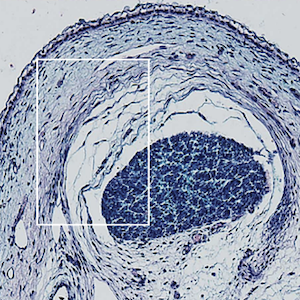Cross-cultural adaptation, validity and rehability of the QUIPA tool: Turkish version

All claims expressed in this article are solely those of the authors and do not necessarily represent those of their affiliated organizations, or those of the publisher, the editors and the reviewers. Any product that may be evaluated in this article or claim that may be made by its manufacturer is not guaranteed or endorsed by the publisher.
Accepted: 5 April 2022
Authors
The Quality Indicators for Physiotherapy Management of Hip and Knee Osteoarthritis (QUIPA) is the only patient-reported outcome measure to assess the quality indicators of physiotherapy management of hip/knee osteoarthritis (OA). It consists of 3 subscales and a total of 18 questions. The purpose of this research was to translate and adapt the QUIPA into the Turkish language using a cross-cultural approach as well as test its validity and reliability for Turkish-speaking patients with hip/knee OA. Ninety-two patients with hip/knee OA were enrolled in the research. The cross-cultural adaptation of the QUIPA was performed according to guidelines defined by Beaton et al. Participants completed the QUIPA tool twice at an interval of 7 days. Test-retest reliability and internal consistency were determined by interpreting the intraclass correlation coefficient (ICC) and Cronbach’s alpha coefficient, respectively. Construct validity was tested via exploratory factor analysis. For the first, second, and third subscales and total score of QUIPA, ICC was found to be 0.895, 0.947, 0.665, and 0.925, respectively. Cronbach’s alpha coefficient was 0.682, 0.797, 0.593, and 0.812. The Exploratory Factor Analysis demonstrated that the QUIPA tool is based on 3 factors. These results indicate that the Turkish version of the QUIPA has excellent test-retest reliability and good internal consistency. Therefore, the Turkish version of the QUIPA seems to be a valid and reliable tool to assess the quality indicators of physiotherapy management of hip/knee OA in Turkish-speaking patients. It is intended to be used in clinical settings and research works.
How to Cite

This work is licensed under a Creative Commons Attribution-NonCommercial 4.0 International License.










